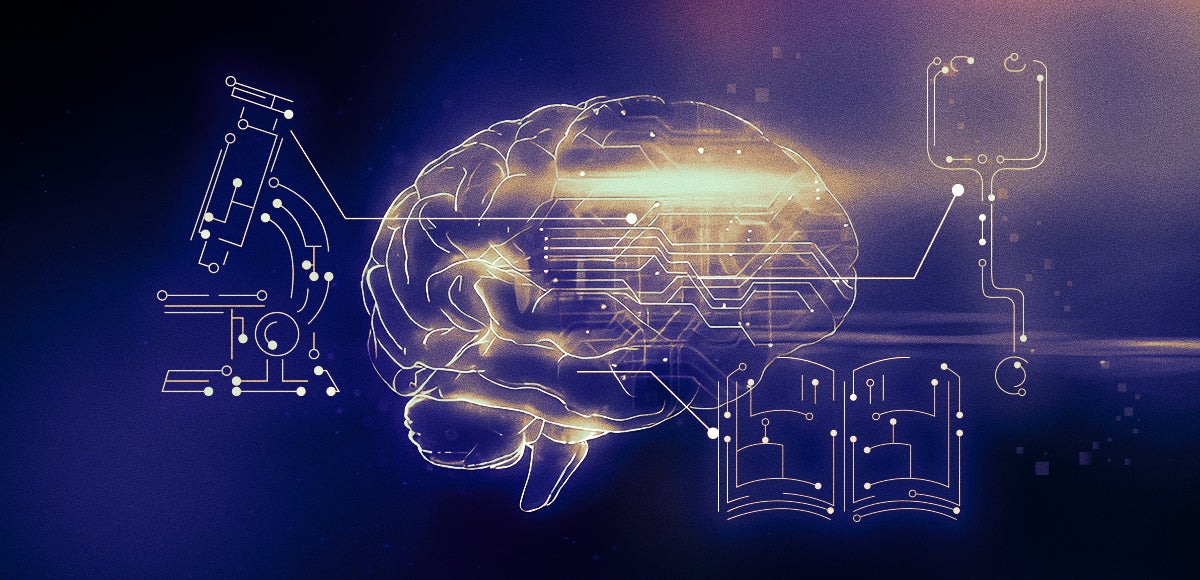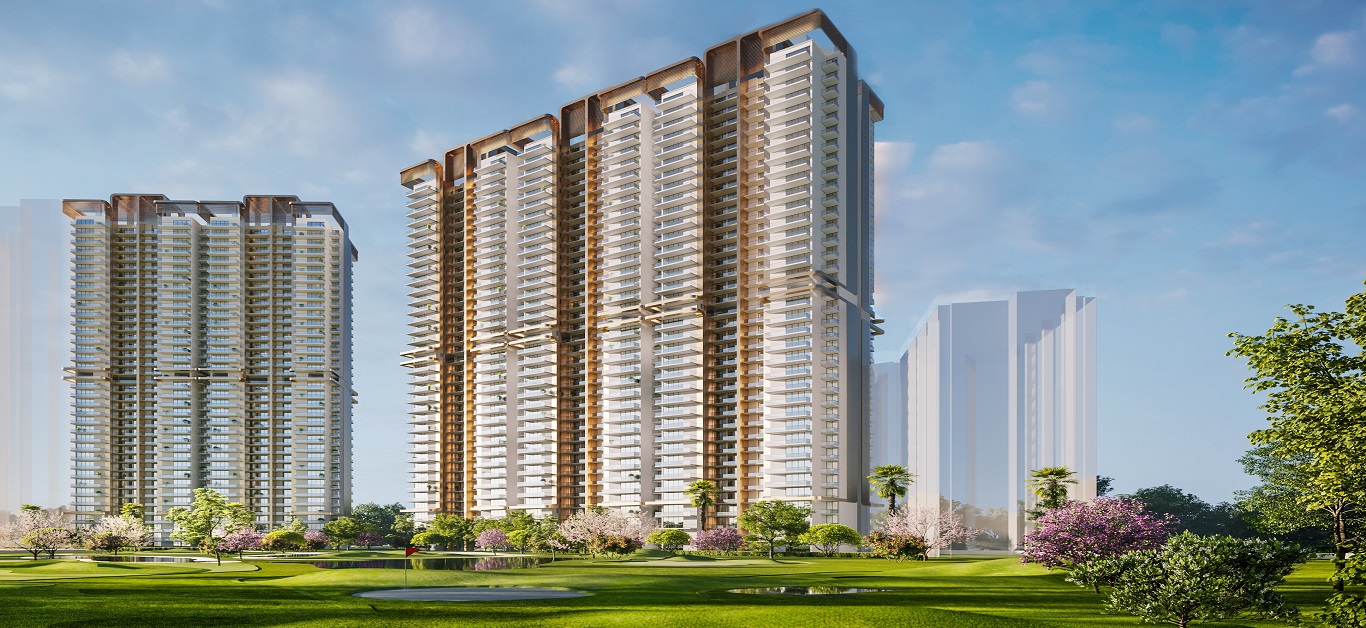How to Ask Google to Make AI-Generated Images (Even If They're Super Weird)
Discover how to request Google to generate unique and unconventional AI images. This guide will walk you through the steps to get Google’s AI to produce even the most unusual images, helping you explore creative possibilities and expand your digital art horizons.

Artificial intelligence is rapidly advancing, and one of the exciting areas of development is in the creation of AI-generated images. Google, a leader in AI technology, has made strides in this area, allowing users to request AI-generated images for various purposes. If you’ve ever wondered how to get Google to create these images for you—even the bizarre and unusual ones—this guide will walk you through the process step-by-step.
Understanding AI-Generated Images
AI-generated images are produced by algorithms that can create visuals based on specific inputs or parameters. These algorithms, particularly those involving neural networks, can generate images that range from realistic to fantastical. Google utilizes advanced AI models to generate these images, making it possible for users to request and receive custom visuals that suit their needs.
Using Google’s AI Tools for Image Generation
Google offers various tools that utilize AI to generate images. These tools are designed to be user-friendly and accessible to both individuals and businesses. To get started with asking Google to create AI-generated images, follow these steps:
1. Accessing Google’s AI Image Tools
Google provides access to its AI tools through its cloud services and specific applications. The most relevant tools include:
Google Deep Dream: An AI project that enhances and modifies images in surreal and artistic ways.
Google Colab: A platform that allows you to run Python code for AI image generation using pre-built models.
Google’s AI Experiments: These offer interactive tools that let users experiment with AI-generated art.
To access these tools, you may need to sign up for a Google Cloud account or explore Google’s AI Experiment website.
2. Preparing Your Request
When asking Google to generate an image, it’s important to provide clear and specific instructions. Define what kind of image you want, including details about the subject, style, and any specific elements you’d like to include. The more detailed your request, the better the AI can tailor the output to your needs.
3. Using Pre-Built Models
Google offers several pre-built models that can be used for generating images. For instance:
Artistic Style Transfer: This model applies artistic styles to your photos.
Neural Style Transfer: It combines the content of one image with the style of another to create unique results.
You can use these models by uploading your base image and selecting the style or parameters you want to apply. Experiment with different settings to see how they influence the final output.
Customizing Your AI-Generated Image
If you’re looking for something more tailored or specific, you can customize your AI-generated images further. Here’s how to refine your image requests:
1. Setting Parameters
Most AI image generation tools allow you to set various parameters to control the outcome. Parameters might include:
Image Size: Choose the resolution and dimensions of the generated image.
Style Preferences: Select from different artistic styles or themes.
Color Schemes: Adjust color palettes to match your preferences.
Adjust these settings based on your needs to achieve the desired effect.
2. Providing Detailed Instructions
When using Google’s tools, ensure you provide as much detail as possible. Describe the image you envision in detail, including:
Subject Matter: Specify the main focus of the image, such as landscapes, portraits, or abstract elements.
Style and Mood: Indicate the artistic style or mood you want the image to convey, such as vibrant, muted, or surreal.
Additional Elements: Mention any extra elements you want to include, like specific objects or backgrounds.
Handling Unusual or Super Weird Requests
Sometimes, you may want to generate images that are unusual or unconventional. AI is capable of handling these requests, but the results can vary. Here’s how to approach these requests:
1. Be Clear About Your Vision
Even if the image you want is bizarre or abstract, clarity is key. Describe your vision as clearly as possible to guide the AI in creating something that matches your expectations.
2. Experiment with Inputs
Don’t be afraid to experiment with different inputs and settings. AI image generation is often a trial-and-error process, especially when dealing with unconventional requests. Try various combinations to see what produces the most interesting results.
Exploring Advanced Techniques
For those looking to push the boundaries of AI-generated images, advanced techniques can be used. These may include:
1. Combining Multiple Models
You can combine the outputs of different AI models to create unique images. For example, use one model to generate a base image and another to apply a different style or effect.
2. Fine-Tuning Models
For more control over the image generation process, you can fine-tune pre-trained models. This involves training the AI with specific datasets to tailor its output to your needs. This approach requires more technical expertise and resources.
Sharing and Using Your AI-Generated Images
Once you have your AI-generated images, you can use them for various purposes. Whether for personal projects, marketing materials, or creative endeavors, ensure you comply with any usage rights or licenses associated with the images.
1. Downloading and Saving Images
Download your images from Google’s platform and save them in the desired format. Common formats include JPEG, PNG, and TIFF. Make sure to keep backups of your images for future use.
2. Integrating Images into Projects
Incorporate your AI-generated images into your projects, such as websites, social media posts, or print materials. Adjust the images as needed to fit your project requirements.
Troubleshooting Common Issues
If you encounter issues with AI-generated images, here are some common troubleshooting tips:
1. Image Quality Issues
If the image quality is not as expected, check the settings and parameters used during generation. Adjusting these can often improve the output.
2. Inaccurate Results
If the results don’t match your expectations, refine your instructions and inputs. Providing more detail or experimenting with different models may yield better results.
FAQ
Q: Can I request AI-generated images from Google for commercial use?
A: Yes, you can use AI-generated images for commercial purposes, but ensure you understand and comply with any usage rights or licensing agreements associated with the images.
Q: Are there any restrictions on the type of images I can request?
A: While Google’s AI tools are versatile, there may be restrictions on creating images that involve explicit content or violate community guidelines. Always check the terms of service for specific guidelines.
Q: How long does it take to get AI-generated images from Google?
A: The time it takes to generate images can vary based on the complexity of the request and the tool used. Typically, it ranges from a few seconds to a few minutes.
Q: Can I modify AI-generated images after creation?
A: Yes, you can edit and modify AI-generated images using image editing software. This allows you to make adjustments and fine-tune the images to better suit your needs.
Q: Are there any costs associated with using Google’s AI image generation tools?
A: Some of Google’s AI tools may be free to use, while others, particularly those within Google Cloud, may involve costs based on usage and subscription plans. Check the pricing details for the specific tools you plan to use.
Get in Touch
Website – https://www.webinfomatrix.com
Mobile - +91 9212306116
Whatsapp – https://call.whatsapp.com/voice/9rqVJyqSNMhpdFkKPZGYKj
Skype – shalabh.mishra
Telegram – shalabhmishra
Email - info@webinfomatrix.com
What's Your Reaction?









.jpg)
.jpg)






